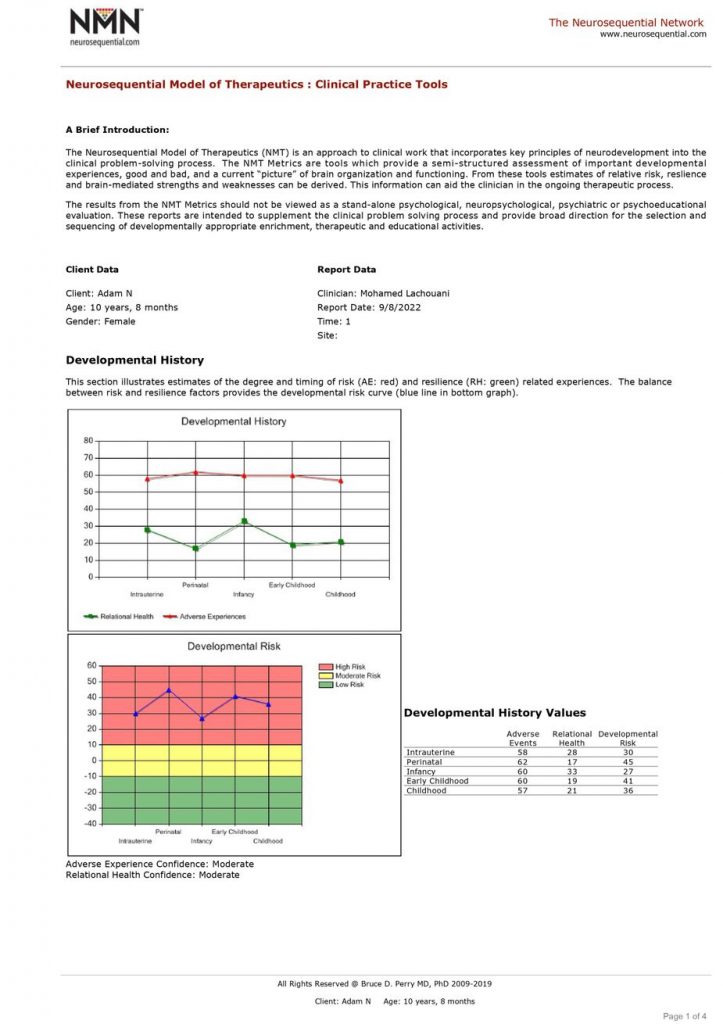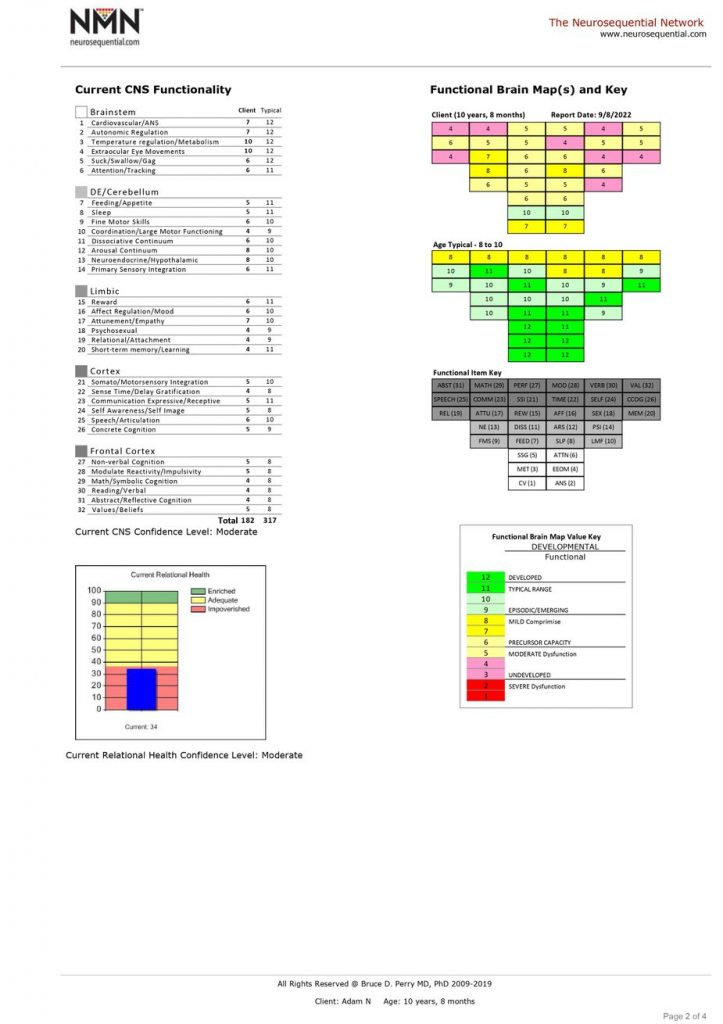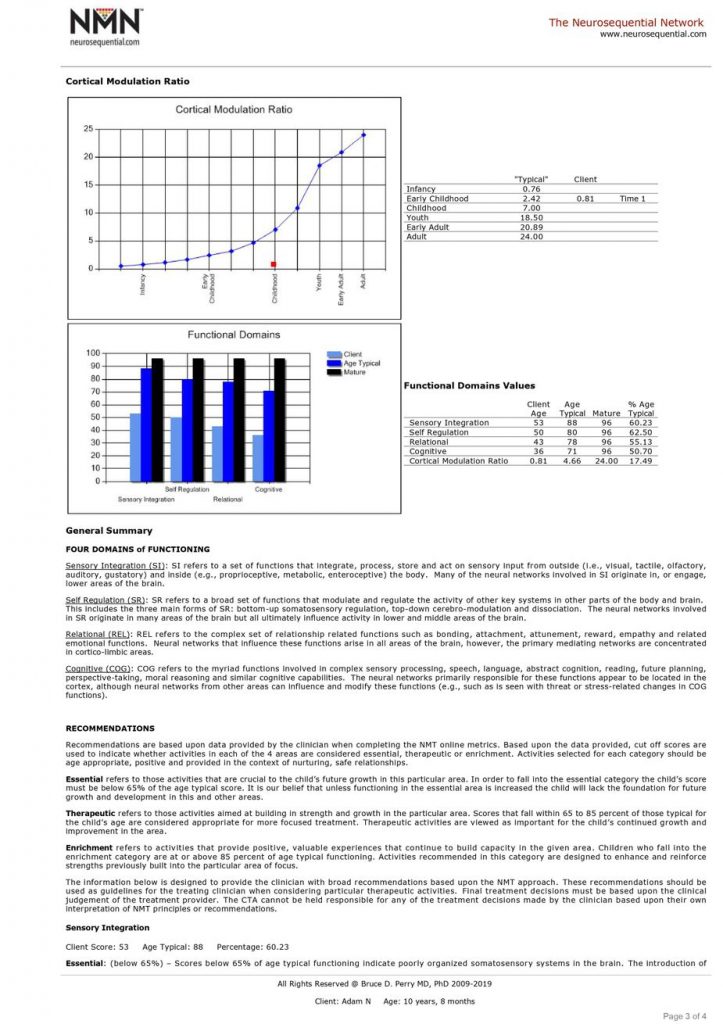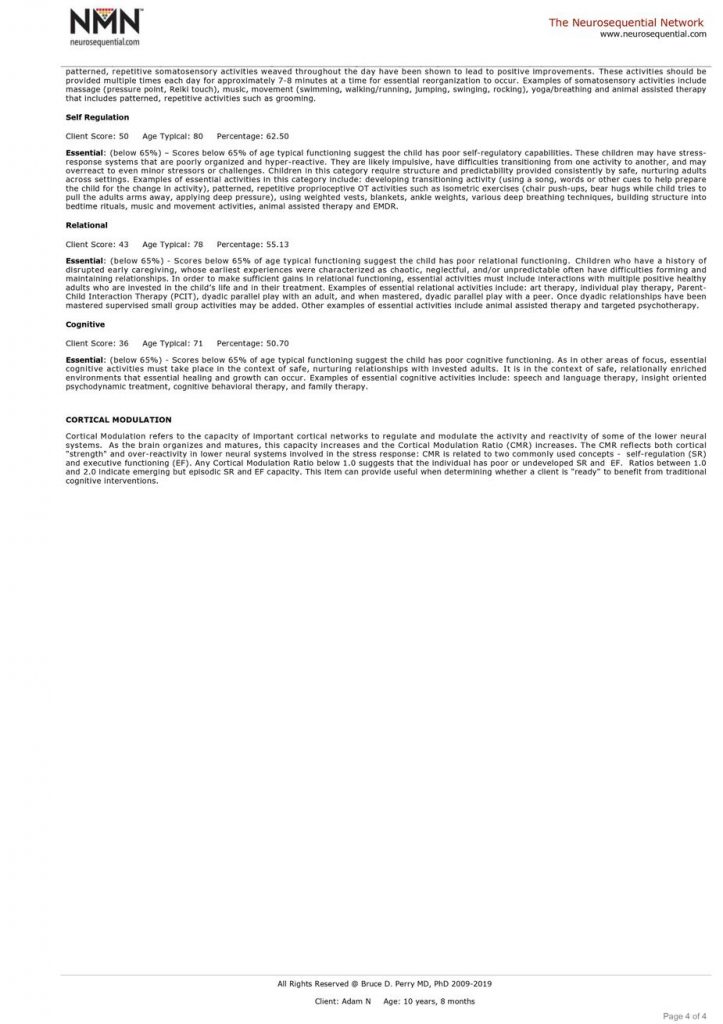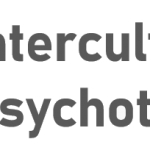Behavioural Assessment / Brain Map
- Home
- Behavioural Assessment / Brain Map
The Assessment Process / Brain Map
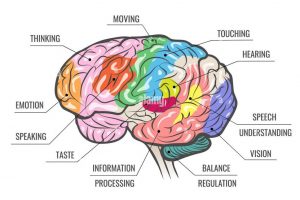
The NMT Assessment is designed to complement other clinical assessment models. The Psychotherapist Mohamed Lachouani is trained in doing Brain Map and will collect a complete developmental history as well as assess a client’s current functioning. We will use this information to complete the NMT Metric Report (including a “Functional Brain Map”). The NMT Assessment process helps identify domains of functioning that are either undeveloped or dysfunctional, which, in turn, helps guide the selection and sequencing of developmentally-sensitive, neurobiologically-guided interventions.
The Brain Map is an assessment tool which measures an individual’s adverse experiences and their relational health across the lifespan. The brain develops in a use dependent way and adverse experiences have a way of affecting the typical development of the brain. Adverse experiences (such as traumatic events) force the brain to focus on previous threats, creating neuronal memories designed to hone in on survival mechanisms, sometimes at the detriment of other important learning opportunities.
Relational health, primarily during those first years in life can buffer some of the adverse experiences in a persons life. But if you have a high level of adverse experiences, especially during the first 5 critical years of life and you have low relational health, the likelihood that you will have gaps in key areas of brain development increases. For a typically developing brain there needs to be low adverse experiences and high relational health. This builds resiliency and strength-a flexible brain which in turn leads to a stress response cycle capable of handling day to day and even once in a while begin stressful situations
How it Works
The Brain Map Assessment uses your individualized history over your lifespan and looks at the areas of the brain that may be underdeveloped due to these early adverse experiences. The parts of the brain which need to be focused on and strengthen so that other parts can come on line and do their job as well.
The assessment tool is evidenced based, neurobiological and trauma sensitively informed. It takes out the stigma and doesn’t pathologize the individual. But rather it gives them a key to understanding why they react the way they do, why they at times seem like they are a slave to their emotions and have no control over their behaviors. It helps them learn what they need to put the break on (cortical modulation) earlier, feel more in control over themselves and their behaviors.
The Assessment process will look like this
NMT Clinician Psychotherapist Mohamed Lachouani is Allied Health professional with a Masters degree who have completed the certification programme through the ChildTraumaAcademy under the direction of Dr Bruce Perry. Mohamed has years of experience working with children who have a history of developmental trauma and their families.
The assesment process will look like this:
- 2 sessions with you the client, gathering history and getting to know you.
- Inputting and analyzing the data in the NMT Metric Report
- Final Meeting with you to review the data and the individualized recommendations
- There may be a need for us to be in contact with other providers who know you (or in the case of a minor) who know the family such as doctor, nurse, psychiatrist, psychologist, therapist, social worker, and/or teacher.
- After the metric/ Assessment is completed many clients ask us to discuss the results with their (or in the case of a minor their child) treatment provider (therapist/psychologist or maybe even a teacher). This is at your discretion but can be very beneficial for your child’s treatment.
The Implications of the use of the NMT Assessment/ Brain Map
- Educating staff, parents and caregivers on how trauma affects the brain, the child’s development and behaviors so that they have a set of tools and are more prepared to identify issues and use more trauma informed interventions
- Earlier interventions and a more complete assessment with children who enter the child welfare system using NMT metrics
- Better targeted interventions with children displaying disruptive behavior and cognitive delays
- Less disruptions in foster homes, adoptions and guardianships
Example of an NMT assessment (10 year old boy)
